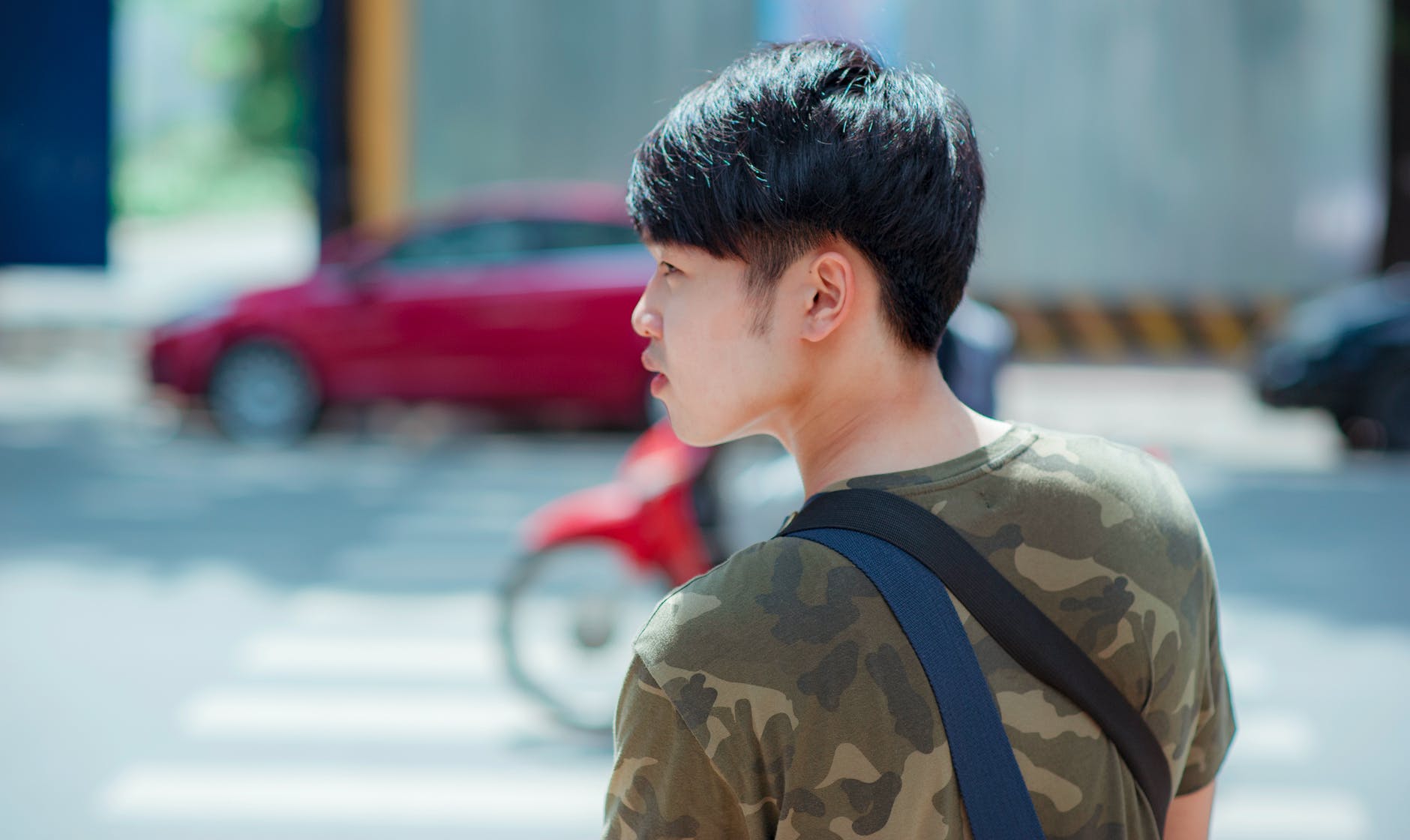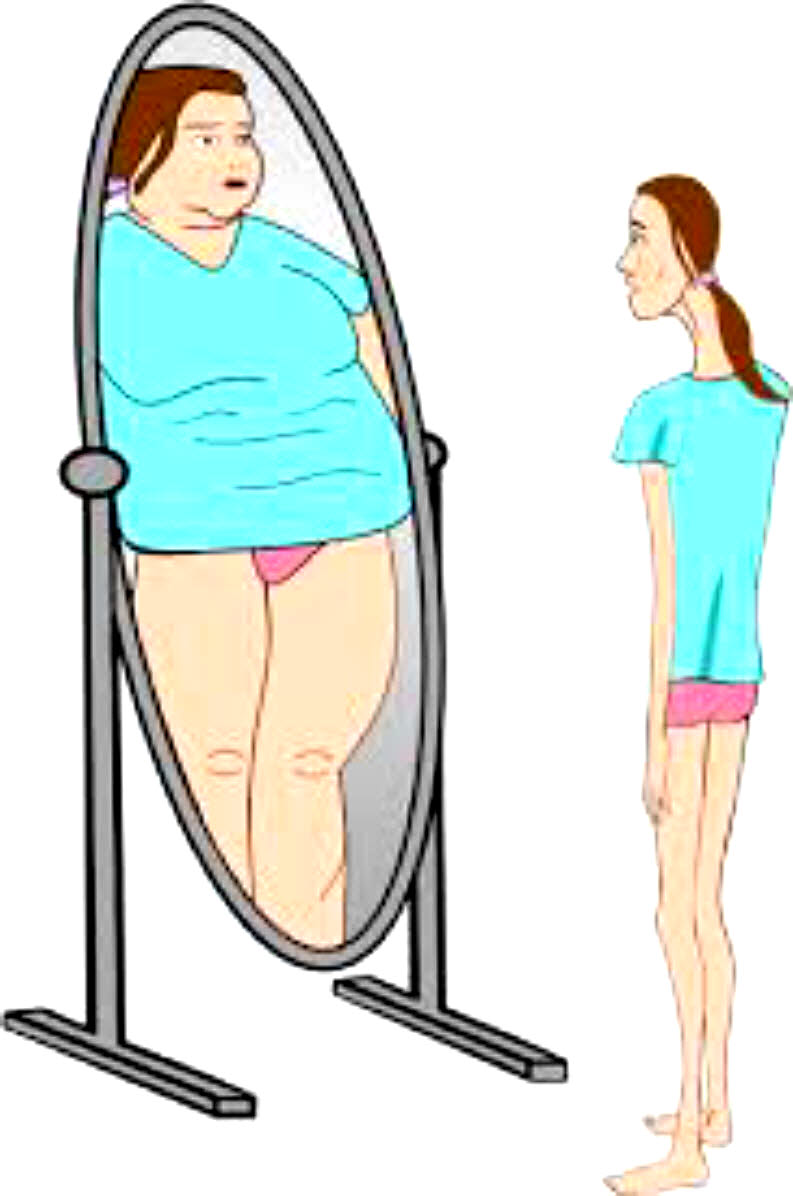
According to a December 2020 report from the Hawaii Department of Health’s Child and #Adolescent #MentalHealth Division (CAMHD), #suicide was the second-leading cause of death in young people in Hawaii. Experts say the #pandemic and #socialisolation have further stressed #mentalhealth among kids and their families.

Get the latest state-specific policy intelligence for the health care sector delivered to your inbox.
State of Reform spoke with some of Hawaii’s #behavioralhealth experts on what the state, providers, schools, and communities can do to help. Here are a few key issues they brought up:
Major events have profound effects on community #mentalhealth
Kumi Macdonald, executive director for the #NationalAllianceonMentalIllness (#NAMI) Hawaii, said the effects of the #pandemic and other widespread events directly correlate with the demand for #mentalhealthservices.
“Every time there was another spike in #COVID, or shutdowns, … the #BlackLivesMatter movement — things like that really did affect our community, and the calls would rise.”
For kids, the move back to in-person learning after a year of #socialisolation has proven difficult, according to Claudia Crist, CEO at Sutter Health K?hi M?hala, a West Oahu-based #behavioralhealth medical center.
“It’s almost like they’ve had what you could consider a ‘social regression’ … because they were isolated for such an extended period of time, they don’t feel as comfortable now, interacting in person with their own peers. According to our clinicians, they’re noticing this especially among early #teens, and tweens.”
#JamesDonaldson notes:
Welcome to the “next chapter” of my life… being a voice and an advocate for #mentalhealthawarenessandsuicideprevention, especially pertaining to our younger generation of students and student-athletes.
Getting men to speak up and reach out for help and assistance is one of my passions. Us men need to not suffer in silence or drown our sorrows in alcohol, hang out at bars and strip joints, or get involved with drug use.
Having gone through a recent bout of #depression and #suicidalthoughts myself, I realize now, that I can make a huge difference in the lives of so many by sharing my story, and by sharing various resources I come across as I work in this space. #http://bit.ly/JamesMentalHealthArticle
Importance of peer support groups
Research shows that the use of peer #mentalhealth support from those with similar lived experiences can reduce hospital stays, re-hospitalization rates, and lead to better health outcomes.
Acting CAMHD Administrator Scott Shimabukuro, PhD, said in a statement that the agency is working to expand peer services for children and families:
“We’re working on creating a more robust peer support service array. This would include certifying more youth peers (young #adults who have lived experience in the #mentalhealth system as children or #adolescents) as well as #parent peers (parents with lived experience parenting a child with a #mentalhealth challenge).”
Using telehealth to leverage access to care
With the stay-at-home orders in place during the #pandemic, Macdonald said the use of telehealth was a “silver lining” in increasing access to care. She said #NAMI HI was one of the first agencies in the state to move peer support services online.
At Sutter Health, telehealth is utilized for family therapy sessions, and provides a way for #parents and guardians to visit their in-patient children, even when #pandemic restrictions prevented in-person visits. Crist said:
“Some of the kids that we have are maybe nine years old, eight years old. That’s really young to be away from your #parents. In order to have connections [without in-person visits], … We also enable televisits so that they can see their #parents and interact as well.”
Some areas of the state still lack telehealth services geared towards family #mentalhealth. One of CAMHD’s upcoming projects, said Shimabukuro, is “providing a form of family therapy via telehealth on Maui that doesn’t currently exist there.”
Addressing the need for more research
To develop the proper initiatives to address youth #mentalhealth, Gerald Busch, MD, a #psychiatrist at Kapiolani Medical Center for Women & Children, said there need to be proper measures in place to identify the highest areas of need. He suggested that #schools and local communities put a higher emphasis on “digital epidemiology,” or the use of online public health surveys that assess how kids are feeling, #mentalhealth-wise.
Integrating physical and #mentalhealth
Crist said there needs to be more resources for primary care #physicians to assess #mentalhealth alongside physical health. These consistent assessments could lead to better health outcomes, she said.
“[We should be] integrating funding, partnerships and technology to better equip our primary care #physicians, to help them flag potential red flags for #patients … Helping those primary care providers really have that support so that they can identify #patients earlier can actually prevent a lot of the severe #mentalillness.”
Building community resilience
The most widely discussed issue among experts was the need to improve community resilience in the wake of major crises, such as the #pandemic. According to the U.S. Department of Health and Human Services, this refers to “the ability of a community to use its assets to strengthen public health and healthcare systems and to improve the community’s physical, #behavioral, and social health to withstand, adapt to, and recover from adversity.”
Busch said strengthening community resilience is key in the case of future public crises.
“The community is the basic unit of public health. Building community resilience — it’s very important … members of the community might have differences on various things, but at some point they realize that we’re all members of the same community. We have to work together to make our community work. In Hawaii, we have a lot of different kinds of community centers, and those serve as the basis for activities that build community resilience.”
According to Crist, even more needs to be done to improve community resilience for kids, including focusing services for pregnant people and young families.
“Young families, young mothers, expecting mothers, all the way to when the child is five or so years of age. What are we doing to surround those families with wraparound support systems so that they are feeling supported — that there’s resiliency and that the child grows up and can develop proper resiliency? That is more of a public health concept, but if we were to collectively look at and put more emphasis on that, I think what would make a big difference.”




